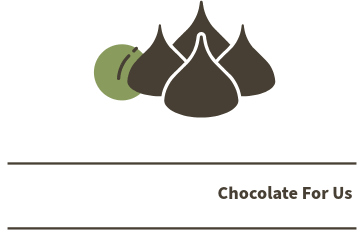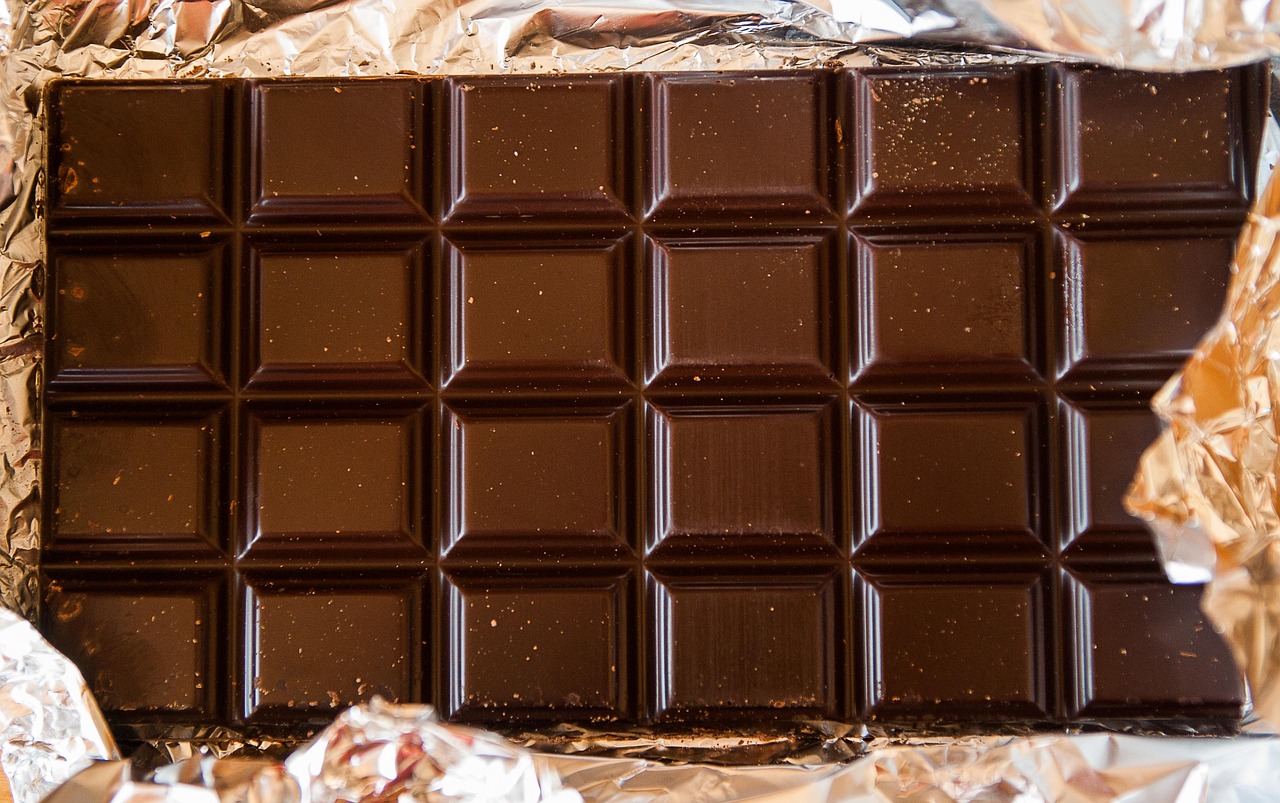Chocolate has been enjoyed in various forms for thousands of years, but the chocolate bar as we know it today only came about in the 19th century. Before that, chocolate was mostly consumed as a drink — often bitter and spiced — made from ground cacao beans and water.
It wasn’t until the mid-1800s that advancements in processing allowed chocolate makers to combine cocoa solids, cocoa butter, and sugar into a solid form that could be molded. This innovation transformed chocolate from a luxury beverage into a treat people could hold in their hands and enjoy anywhere.
Types of Chocolate Bars
Milk Chocolate Bars
Creamy, sweet, and often the first kind of chocolate we fall in love with, milk chocolate bars blend cocoa solids with milk powder and sugar. The result is a smooth texture and mild flavor that appeals to almost everyone.
Dark Chocolate Bars
Rich, intense, and slightly bitter, dark chocolate bars contain a higher percentage of cocoa solids and less sugar. They’re loved by those who appreciate a more robust chocolate flavor — and they often come with health benefits thanks to antioxidants in cocoa.
White Chocolate Bars
While not technically “true” chocolate (since it doesn’t contain cocoa solids), white chocolate bars are made from cocoa butter, sugar, and milk solids. Their sweet, creamy flavor makes them a delightful alternative to darker varieties.
Flavored and Filled Chocolate Bars
From caramel-filled centers to bars studded with nuts, fruits, spices, or even chili peppers, flavored chocolate bars push creativity to new heights. They’re perfect for adventurous eaters looking for something beyond the basics.
How Chocolate Bars Are Made
At their core, chocolate bars are made from three key components: cocoa solids, cocoa butter, and sugar. The process begins with roasting cocoa beans, grinding them into cocoa mass, and then separating the cocoa butter from the solids. The two are later recombined (along with sugar, milk powder for milk chocolate, and flavorings) to create the desired texture and taste.
The mixture goes through a process called conching, which refines the texture and develops the flavor, before being tempered to achieve that glossy finish and satisfying snap we all love. Finally, the chocolate is poured into molds, cooled, and packaged.
The Link Between Chocolate Bars and Chocolate Powder
If you’ve ever baked brownies, made hot cocoa, or dusted a dessert with cocoa, you’ve used chocolate powder — better known as cocoa powder. Cocoa powder is made by removing most of the cocoa butter from cocoa mass, leaving behind the dry cocoa solids that are ground into a fine powder.
Both chocolate bars and cocoa powder start with the same cacao beans, but they’re processed differently depending on the final product. Cocoa powder is key in recipes where you want concentrated chocolate flavor without the extra fat from cocoa butter, while chocolate bars are meant to be enjoyed as-is or melted for confections.
Interestingly, some artisanal chocolate bars incorporate cocoa powder into their recipes to boost intensity, creating a richer, deeper chocolate taste.
Why We’ll Always Love Chocolate Bars
Chocolate bars aren’t just candy — they’re comfort, celebration, and indulgence wrapped in foil or paper. They’re the quick pick-me-up during a workday, the sweet treat you share with a friend, and the little luxury you tuck into your bag for later.
And as chocolate makers continue to experiment with origins, flavors, and techniques, the humble chocolate bar is more exciting than ever. Whether you prefer the smooth sweetness of milk chocolate, the boldness of dark, or the decadence of filled and flavored bars, there’s a chocolate bar out there for every craving.
Here on the blog, we’ll continue to explore the world of chocolate — from the bars you love to the chocolate powder that makes your favorite baked goods and drinks irresistible. So unwrap your favorite bar, take a bite, and savor the magic of chocolate in its most iconic form.

